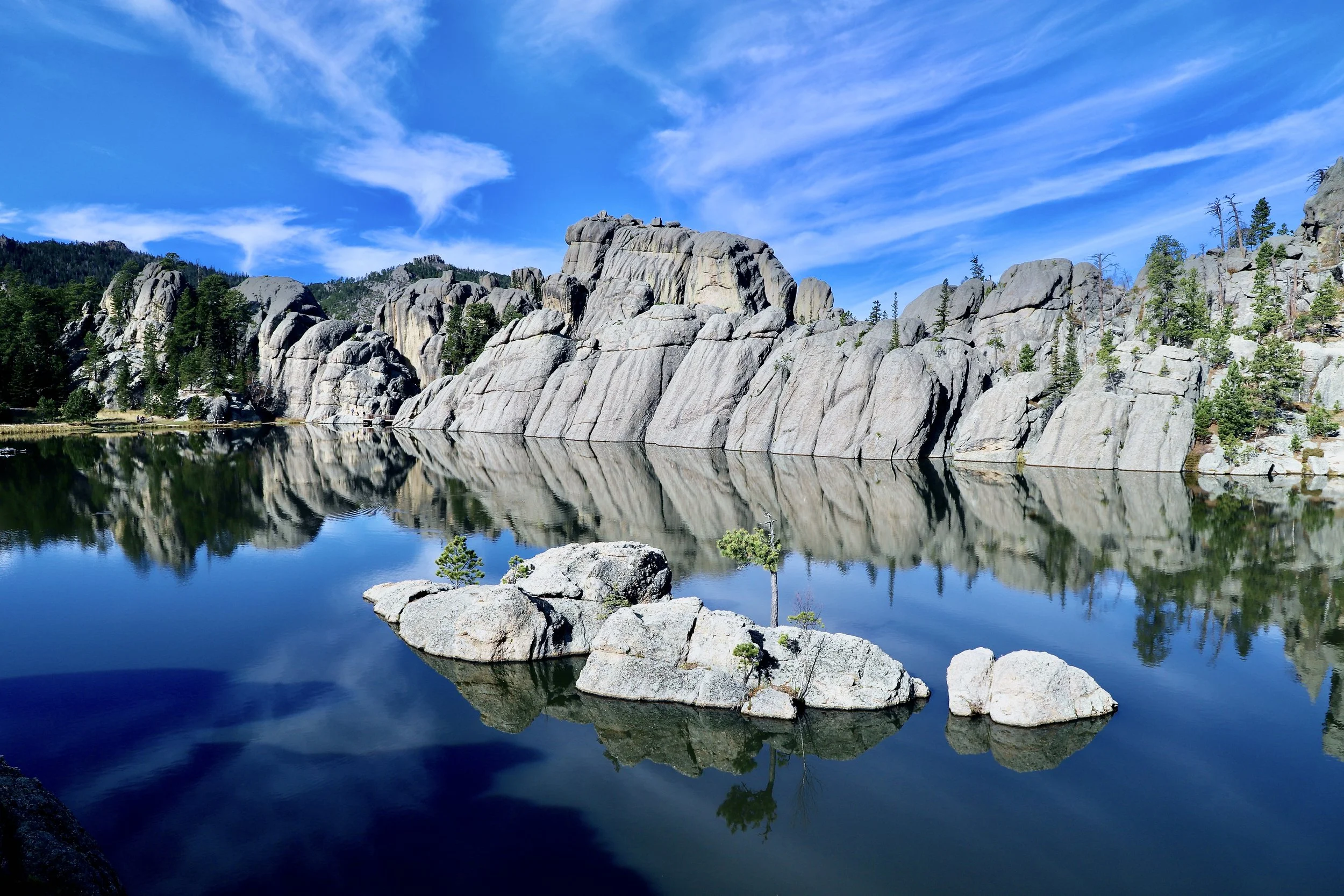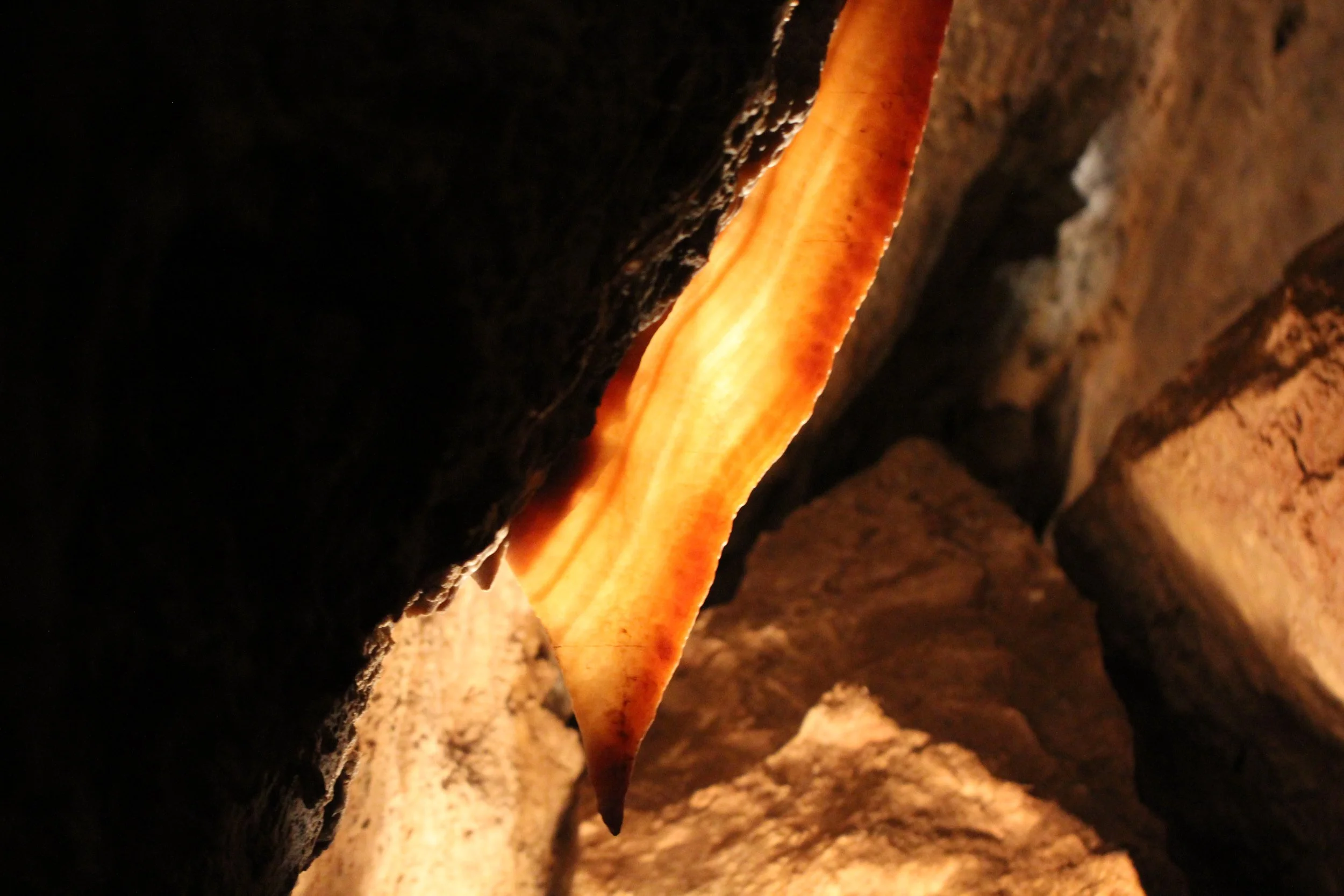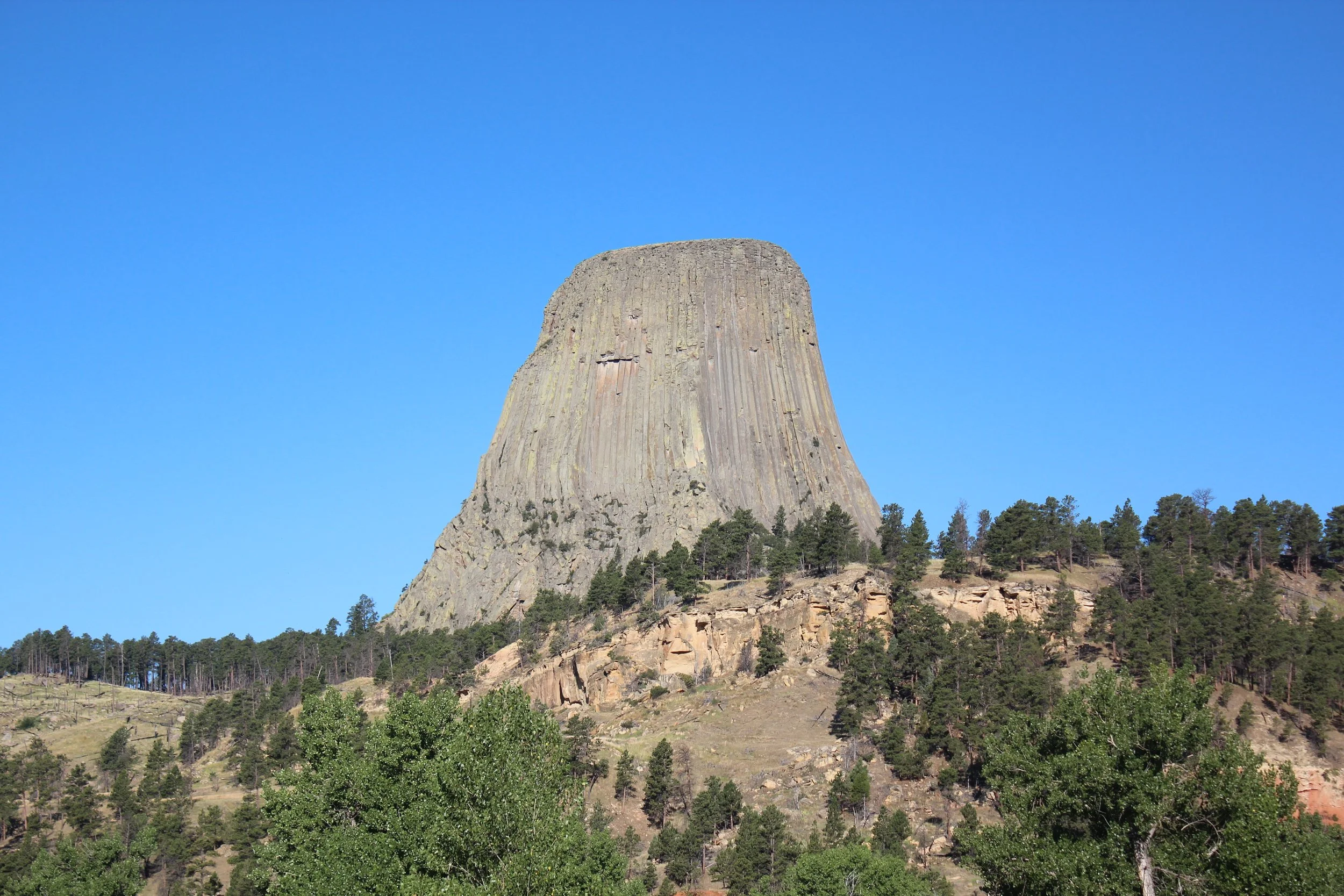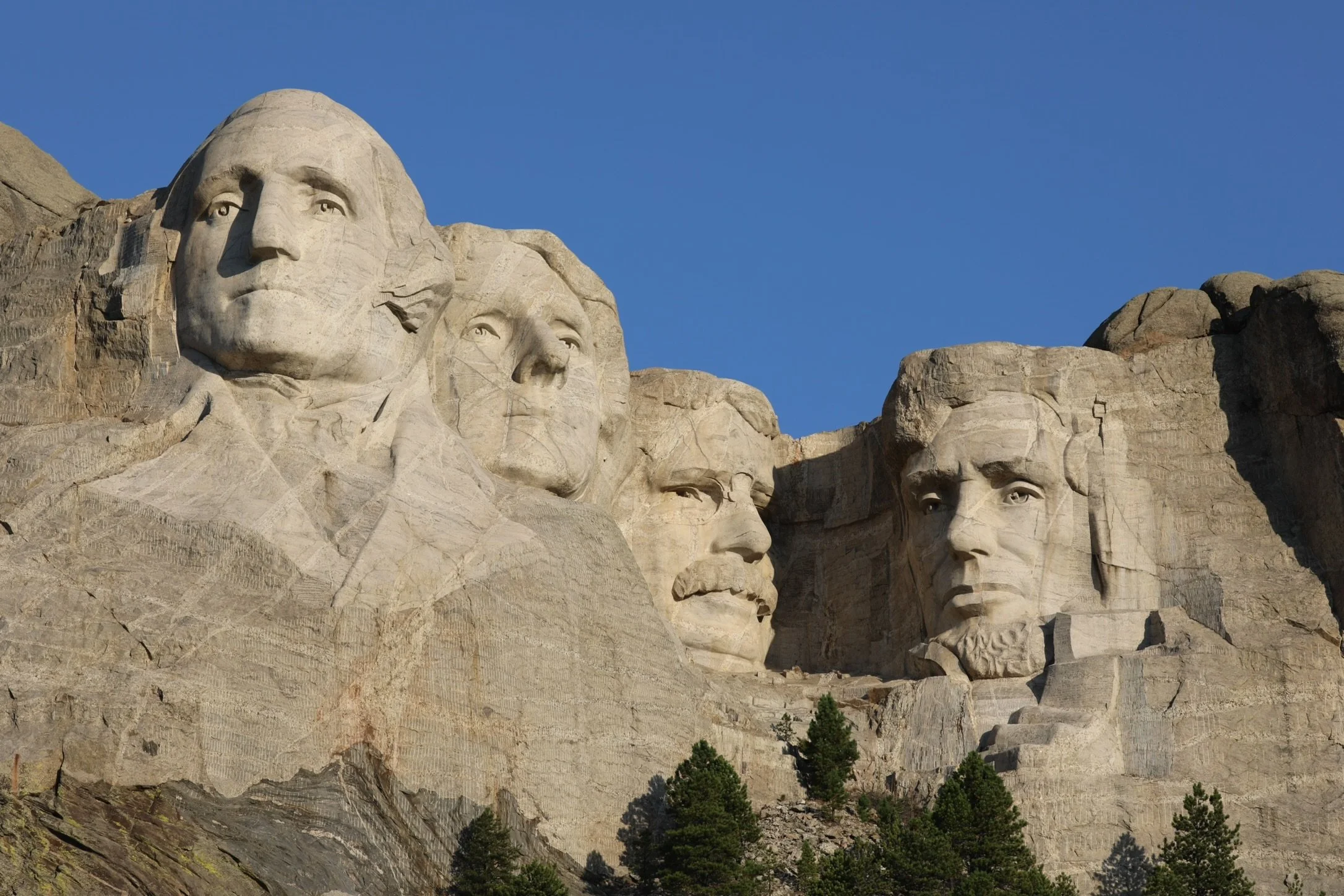Lehman Cave - Great Basin National Park
If you enjoy my posts, please consider signing up below to get email notifications of my latest posts. I will not share your email.
Lehman Caves
Why Visit Great Basin National Park
Currently there are 61 National Parks in the United States. Some of them are very well known and heavily visited. Great Smoky Mountains National Park has over 11 million visitors annually, Yellowstone - 6 million, and the Grand Canyon – 5 million. If you want to spend some time in our National Park treasures without the crowds, then Great Basin National Park might be the park for you with only 90,000 annual visitors.
Wheeler Peak - Great Basin National Park
Great Basin National Park is isolated. It’s situated on the eastern border of Nevada, off US Route-50, known as “America’s Loneliest Road.” Great Basin is located almost 4 hours from Salt Lake City and nearly 4 and a half hours from Las Vegas. In fact, the closest town is Ely, NV, which is more than an hour away. Our AAA map stated to turn onto US-50 and drive for 92 miles. Then it listed an advisory “No facilities between Delta and Nevada border.” Wouldn’t be a great place for a car to break down…
I’ll be honest – I hadn’t heard of Great Basin National Park until I started mapping out a road trip from Minneapolis to Yosemite. I found it on GoogleMaps as I was exploring places to stop at along the way.
Bristlecone Pine Trees
Two things attracted me to Great Basin National Park. First, this park has several groves of Bristlecone Pine Trees. I’d first learned about Bristlecone Pine Trees when I was writing a blog post about trees.
These pine trees are the oldest living organism on the planet; the oldest of these trees is estimated at more than 5,000 years old. I knew that there were Bristlecone Pine Tree groves in California, but they were not close enough for us to stop at when we were visiting Yosemite. When I saw that they were at Great Basin National Park, I knew I had to stop. I wanted to be able sit down next to one and imagine the land around the trees and how they had witnessed changes over the past 5,000 years. The second thing that excited me about Great Basin was the Lehman Caves. In fact, this cave was essential to my now plot to see the trees. There was no way I would be able to convince my husband, despite him being a history teacher, to drive out of our way to see old trees on an already long road trip. But a beautiful cave to explore – that’s a perfect reason to stop. And then since we were there anyway, I could go on a short hike and spend some time with the Bristlecones.
Mather Overlook - Great Basin National Park
So, this was my plan – We would be spending the night before at Dinosaur National Monument. This was 7 hours away, so I booked the latest available cave tour in the day to make sure we arrived in time. We were traveling in the middle of June. With maximum daylight hours the sun wouldn’t set until after 9. After the tour, I would ask a Park Ranger for a hike recommendation to have a supper picnic near scenic Wheeler Peak knowing full well my choices for hikes are the Bristlecone Trail, a 3-mile out and back hike with minimal elevation gain and hiking to Wheeler to Peak which would involve a summit and a much longer hike than we would have time for, so clearly the recommendation would be to see the pine trees and no one would know my real intention for stopping at this park. We’d have the perfect picnic next to the trees and I could sit beneath one for several minutes without my plot being detected. Everyone wins. A mom’s dream.
If you’ve ever been on a road trip, you know that it’s not possible for plans to unfold perfectly as intended. In fact, how quickly you adjust to things outside of your control determines if your trip is awesome or if the whole thing is ruined. When we arrived at Great Basin, we found out that the snow had still not melted (which was unusual for this park so late into June) and the road to Wheeler Peak was closed… As we were checking into the cave tour, while my family was distracted in the gift store, I asked a Park Ranger if there was any way to still get out the trees. My heart soared when he said “yes” but then added it was a 10 mile out and back hike and the snow would be past my knees at some points…. That’s not a good evening hike with children… Nor is it evenly realistically a good plan if I were just by myself. <sigh> Stupid snow… I’m going to make it back to this park someday. It will be as a destination though and not a waypoint.
Mather Overlook
Baker Creek - Great Basin National Park
The cave tour was phenomenal – more later. Then we drove up to Mather Overlook to at least get a view of Wheeler Peak, and then headed back down to Baker Creek where we played throwing sticks in the rushing creeks until sunset. We went back up to the visitor center to enjoy a night Ranger program where we were able to see the moons of Jupiter and a star nebula through fancy telescopes. Honestly, it was a nice Plan B.
Night Sky Ranger Program
Lehman Caves
Now let’s talk about the Lehman Caves. First off, this was the most decorated cave that I’ve ever been to. It has stalactites and stalagmites galore, and several columns where the two have met and merged together. This cave has flowstone, cave bacon, cave popcorn and shields. There are sections of the cave with standing pools of water which reflect its features. It’s a very beautiful cave.
Shields in the Lehman Caves - Great Basin National Park
There was something that struck me as “off” though from the very beginning of the tour. Before walking into the cave, the Ranger passed around two stalactites for us to touch and hold. As I was holding them, I was surprised by how heavy and rock-like it felt. I had guessed they would have been more fragile. This thought made me realize I had never touched a stalactite before. And I pondered why they had decided to cut off a portion of the cave for me to touch.
Then we descended into the cave down a gentle sloping walkway. We passed the natural entrance quietly due to both bats that come and go from this entrance and to respect the natives that had lived in this land and had used the cave as a burial ground. Once we were allowed to turn on our flashlights and talk, the first thing I noticed was everywhere I looked was the presence of stalactites and stalagmites. Everywhere. But they looked weird. They were sharply flat. Like someone had cut them off. As I listened to the Ranger talk about the discovery of the cave, this observation felt unimportant, and I continued to enjoy the amazing aspects of the cave as we walked deeper.
Pools of water inside Lehmans Cave
Everywhere we went though, these cave features continued to be sharply ended. I eventually asked why they looked this way. I was completely caught off guard at the answer. This cave did not start out as a National Park, therefore it was completely unprotected. To make money out in the middle of nowhere in our country, Lehman created a marketing strategy in his cave. “If you can break it, you can take it.” He wanted people to show off his cave so that others would here about it and venture out there. Guests would literally take saws to cut these cave features off.
Lehman Caves - Look closely at the stalactites along the top of the picture. You can see that they have been cut off.
In 1922, Lehman Caves became a National Monument such that the cave could be protected. Clarence Rhodes was appointed the caretaker of this monument. Again, to create business such that people would travel out to the cave, he turned one of the cave rooms into a meeting location that could even be used for weddings. A hallway in the cave was turned into a “music room” where visitors could hit the stalactites and stalagmites, each of which had a different pitch, and songs could be played. This is not at all what we think of today when we think of the National Park System.
The history of the Lehman Caves highlights though what’s at the heart of the National Parks controversy, even today. To care for special places in our country, we need funds to protect them. But to get funds, you have to have people care about these places. To get people to care, you have to encourage people to visit, and then as more people visit, we harm these places we care about simply by the number of people that visit and the fact that even though we don’t intend to, we leave behind more than just footprints.
This cave alone is a reason to visit Great Basin National Park. Even with the human imprints left behind, this cave is phenomenal. In fact, had we left this cave as is, we would have been able to explore very little of it because it was so full of features. A walkway had been added long before the cave was protected into a monument and then a National Park. My insides were very twisted as I pondered human impact while in this cave. What a special place to make me think about my own impact in such a profound and unique way.





















